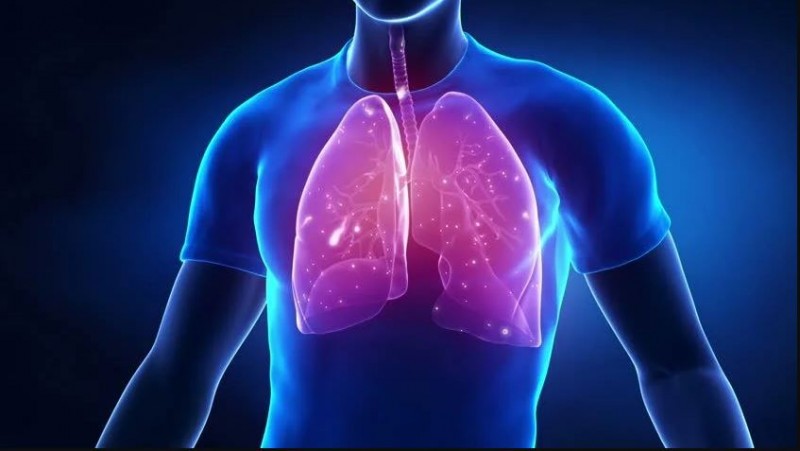
Influenza, commonly known as the flu, is a highly contagious respiratory illness that affects millions of people each year. When the influenza virus enters the body, the immune system springs into action to defend against the infection. In this article, we will explore how the immune response to influenza is induced by lung cells, shedding light on this crucial defense mechanism in simple and friendly language.
Lung cells are the frontline soldiers in the battle against influenza. They serve as the initial point of contact with the virus when it enters the respiratory tract. These cells act as sentinels, detecting the presence of the virus and initiating the immune response.
Once lung epithelial cells detect the influenza virus, they play a pivotal role in presenting viral antigens to the immune system. This presentation is like showing a wanted poster to the immune cells, helping them identify and target the virus.
Dendritic cells, a type of immune cell, patrol the lungs and play a crucial role in the immune response. When they encounter influenza antigens presented by lung cells, they become activated and start alerting other immune cells to join the fight.
Lung cells release signaling molecules called cytokines. These cytokines act as distress signals, summoning immune cells from various parts of the body to come to the site of infection in the lungs.
Macrophages are another group of immune cells that arrive in the lungs to combat influenza. They engulf and digest infected lung cells and virus particles, reducing the viral load.
T cells and B cells, two key players in adaptive immunity, are activated in response to the influenza infection. T cells directly attack infected cells, while B cells produce antibodies that neutralize the virus.
After defeating the influenza virus, the immune system retains memory cells. These cells "remember" the virus, ensuring a faster and more effective response if the same strain of influenza returns in the future.
Vaccines stimulate the immune system to produce a defense mechanism without causing the disease. They prepare the immune system to recognize and fight influenza, providing immunity even before an actual infection occurs.
Age can impact the strength of the immune response. Children and the elderly are often more vulnerable to severe influenza infections due to differences in their immune system's effectiveness.Pre-existing Conditions
Individuals with underlying health conditions, such as respiratory diseases, may have a weakened immune response to influenza, making them more susceptible to severe symptoms.
In conclusion, the immune response to influenza is a complex yet fascinating process that is initiated and coordinated by lung cells. From the first line of defense provided by lung epithelial cells to the mobilization of immune cells and the development of memory responses, our body's immune system is a remarkable defense mechanism against the flu. Understanding these processes can help us appreciate the importance of vaccination and other preventive measures in maintaining our health.
9 Foods to Naturally Boost Testosterone in Men
Managing Weight Gain and Metabolism Changes During Menopause